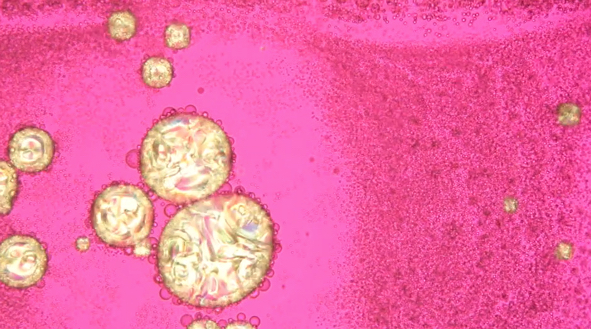New publication!

\AS
Popular Science Summary
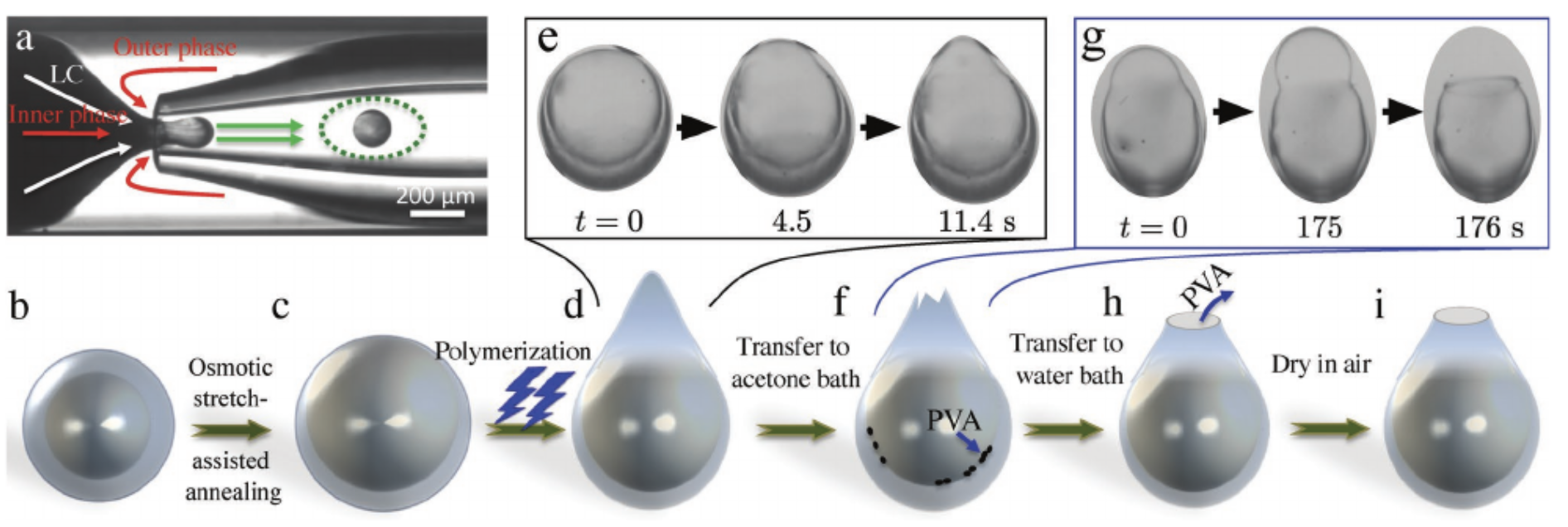
\AS
Congratulations to Manos!
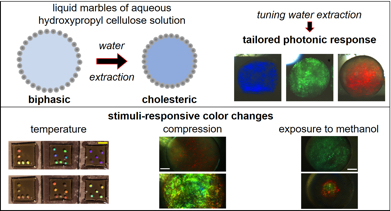
Recently published review article on cellulose nanocrystals
Article has open access. Please click here for the link.

\AS
New Study on 5CB-Ethanol Phase Separation in Soft Matter + Cover!
"Isotropic-Isotropic phase separation and spinodal decomposition in liquid crystal-solvent mixtures" experimentally & theoretically reveals evidence of coexisting isotropic phases in simple mixtures of ethanol, 5CB, and water. Even though the nematic LC 5CB is arguably the most studied commercial liquid crystal worldwide, for the first time this study highlights experimental evidence of spinodal decomposition and nucleation and growth occuring between two isotropic phases and a single nematic phase between this common compound and equally common solvents.
(Click the image below to visit the article:
All supplementary info is open access!)
\AS\
Congratulations to Rao and Jan on the new publication in science advances!
Click here for the link.
\AS
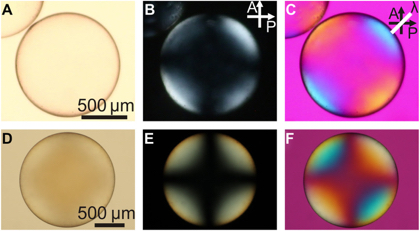
Welcome to Rijeesh and Nikolay.
. .

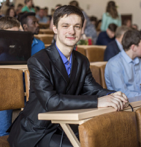
Welcome to our new post-doc Rijeesh (left) and phd Nikolay (right) who have joined our team. Rijeesh will be working on making cholesteric LC shells for reflector tags. While Nikolay will aim to generate tube-shaped liquid crystal elastomer actuators for biomedical applications.
/AS/
New Paper in Materials by MDPI Journals
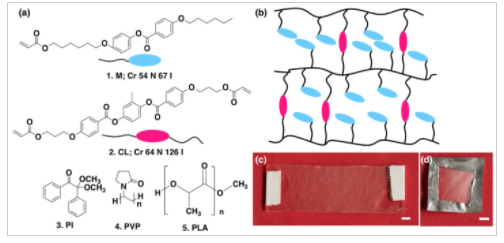
(Click the graphical abstract above to read the article online, it is Open-Access)
Congratulations to Anshul & Jan on the publication in Materials: “Electrospun Composite Liquid Crystal Elastomer Fibers”!
This is the first study to date that shows and analyzes the irreversible actuation of photo-crosslinkable reactive mesogens single axially electrospun with a carrier polymer, to create liquid crystal elastomer (LCE) fibers. Don't forget to check out the supplementary info for more details!
/CGR/
New Paper in J. of Molecular Liquids
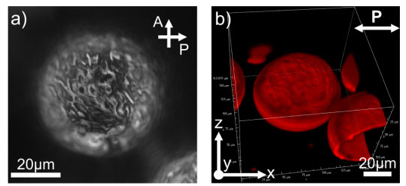
(Click the figure image above to access the article online, please email Jan if you cannot download the pdf file)
Congratulations to JungHyun & Rao on the publication in the Journal of Molecular Liquids titled: “Sub-second dynamic phototuning of alignment in azodendrimer-doped nematic liquid crystal shells”!
For the 1st time(!!), a study documents the photoswitching of azodendrimer in liquid crystal shells produced by microfluidics. Ultimately, our group members & colleagues find that phase separation may occur in shells when the dendrimer is in the trans ground state, and that photo switching turns such shells uniform - further indicating that the cis state is better soluble in the LC.
Hooray for the good start to the 2018 year ![]()
(Fyi - Also, I think this paper is the 1st to show results obtained from our new confocal microscope as well…so HD, so cool)
/CGR/
New Langmuir Paper Released Online
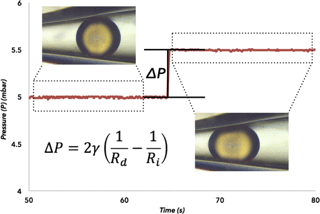
(Click the graphical abstract image above to access the article online, please email either Jan or Rao if you cannot download the pdf file)
Congratulations to Larry & Rao on the publication in Langmuir titled: “Microfluidic Tensiometry Technique for the Characterization of the Interfacial Tension between Immiscible Liquids”!
This is Larry's 1st paper in our group (!) and also Rao's 1st time serving as last author on a paper (!)
In this study, Larry and Rao borrow inspiration from the biologists and use the novel technique of micropipette aspiration (commonly used to measure the viscoelastic properties of living cells) to measure the interfacial tension of 5CB, water, and surfactants with a high degree of accuracy (from the sub-millinewton per meter to several hundred millinewton per meter range) solely from experimental observations of the droplet deformation. This is highly unique as information on the liquid density is not needed to find the interfacial tension.
/CGR/
Christina Schütz joins the team
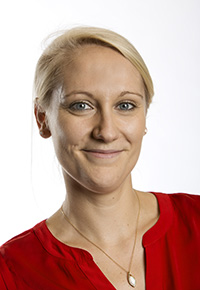
You can contact Christina via e-mail here.
/CGR/
Hakam Agha joins the team
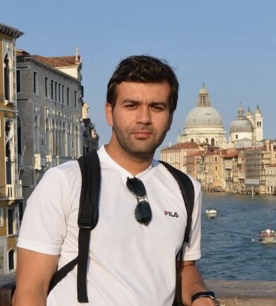
Welcome!!
Rao and Larry join the group

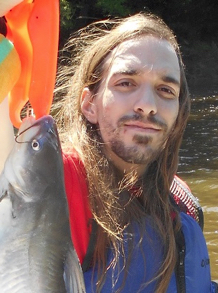
Johanna Bruckner joins as post-doc

Yong Geng joins as post-doc
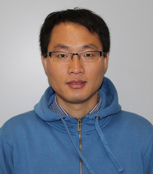
Martin Urbanski joins the group
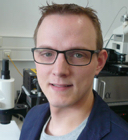
New paper in Advanced Optical Materials
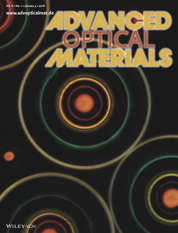
**Update (12.01.17 - POM images fromYong's paper are selected for the inside cover of Advanced Optical Materials! Click the cover above to freely access the article online)
Congratulations to Yong on the publication in Adv. Opt. Mater. titled: “Through the Spherical Looking-Glass: Asymmetry Enables Multicolored Internal Reflection in Cholesteric Liquid Crystal Shells”!
Spheres of cholesteric liquid crystal generate dynamic patterns due to selective reflection from a helical structure subject to continuously curved boundaries. In this paper the patterns are investigated exclusively.
Click here for an extended layman's abstract summary written by Jan & some info about the curious Alice in Wonderland-like title ![]()
/CGR/
New paper on organic functionalized nanoparticles in nematic LCs
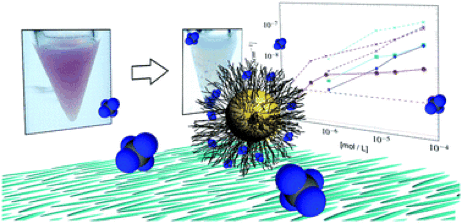
(click the above image to access the article online)
Congratulations to Martin on the publication in J. Mater. Chem. C of his dielectric spectroscopy study “Why organically functionalized nanoparticles increase the electrical conductivity of nematic liquid crystal dispersions”!
This paper gives a first systematic study of how and why nanoparticle doping raises the electrical conductivity of thermotropic liquid crystals like the commonly studied 5CB. By a careful analysis of the dielectric spectra, he shows that the hydrodynamic radius of the ionic charge carrier is much smaller than the nanoparticles, ruling out the particles themselves as the source of conductivity. The ligand molecules are also not the reason, as is demonstrated by strong sonication of the dispersions, such that the ligands detached from the nanoparticles. While this causes nanoparticle aggregation and the loss of suspension stability, the effect on conductivity is negligible. The ligand shell is, however, partially responsible, because the ions giving rise to the conductivity increase are most likely remnants from the ligand-functionalized nanoparticle synthesis process. We propose that these ions are brought in with the ligand shell when the particles are dispersed in the 5CB. Interestingly, the ions appear not to be released in an isotropic and aromatic solvent such as toluene, which is often the host for commercial gold nanoparticle suspensions, but 5CB is an ideal host for their dissolution. The aliphatic ligand shell has a higher compatibility with 5CB than with toluene, thanks to the alkyl tail of 5CB, and at the same time the high polarity of the 5CB (due to the cyano group) allows better ion dissolution than in regular hexane. Finally, the nematic order of the 5CB solvent provides an anisotropic environment in which the ligands are stretched out preferentially along the director, making release of ligand-bound ions to the solvent more likely.
/JL/
New paper on the details of cholesteric LC shell reflection patterns
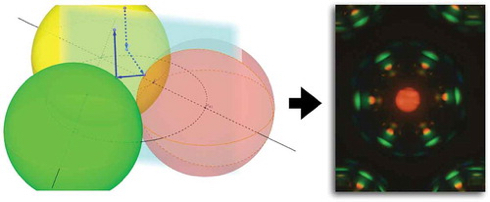
(click the above image to access the article online)
Our fruitful collaboration with Irena Drevensek-Olenik (Ljubljana) and Romano Rupp (Vienna) has resulted in a new article published in Liquid Crystals (special “John Goodby Festschrift” issue). It's also open access!
The paper is entitled “Elucidating the fine details of cholesteric liquid crystal shell reflection patterns” and it combines optical analysis and computer simulations with experimental investigations in the polarizing microscope, allowing a much advanced understanding of the intricate communication patterns arising in collections of short-pitch cholesteric liquid crystal shells, produced using microfluidic techniques. We can now give quantitative information on how the size of the main reflection spot scales with shell size and we explain a number of reflection spots that have previously been ignored. We show that one must consider a certain variation of incidence and reflection angles as well as reflection within the liquid crystal shell in order to explain the patterns. A particularly interesting result is the demonstration and explanation of the first reflection spots that involve communication between three shells: light incident close to the perimeter of one shell can be reflected to an adjacent shell at such an angle that the reflected beam hits a third shell, which then in turn reflects it back to the observer.
/JL/
New Post-Doc! Manos Anyfantakis joins the team
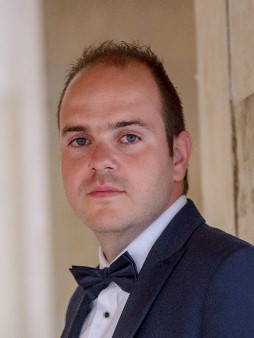
We're happy to welcome our new post-doc: Manos Anyfantakis! He officially joined the ESMP team at the start of July, and will mainly be working on advancing projects related to hydrodynamic flows, kinetic arrest, LC structure formation in the CNC work we have happening. He received his masters applied molecular spectroscopy in 2007, earned a phd in chemistry in Greece in 2010, and has since travelled to Germany and France for postdocs on the wetting of surfactant solutions and optofluidics phenomena before finally joining us in Luxembourg. You can contact Manos via e-mail here.
/CGR/
Ross Volpe visits the ESMP group
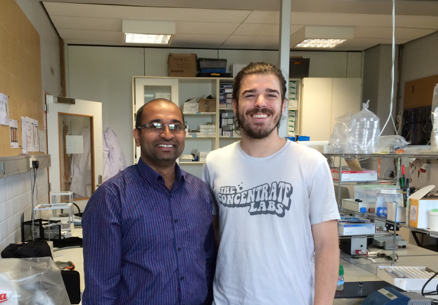
We have the pleasure to be hosting Ross Volpe, Ph.D. candidate, from Prof. Christopher Yakacki's group at the University of Denver, Colorado, USA, until August (the longest we've had a guest over yet!).
During his stay, he will mostly work with Rao on further advancing the actuation of micro shells & also start the development on actuating cylinders. We hope that these months will result in a great collaboration!
/CGR/
Manos on the podcast called ''All Things Photonics'
https://photonics.com/Podcast/Ian_Walmsley_Unlocking_a_Quantum_Advantage/pce25
Here is the original article:
Responsive Photonic Liquid Marbles https://onlinelibrary.wiley.com/doi/10.1002/anie.202008210#.X8fZL0vRKyY.twitter
\AS







